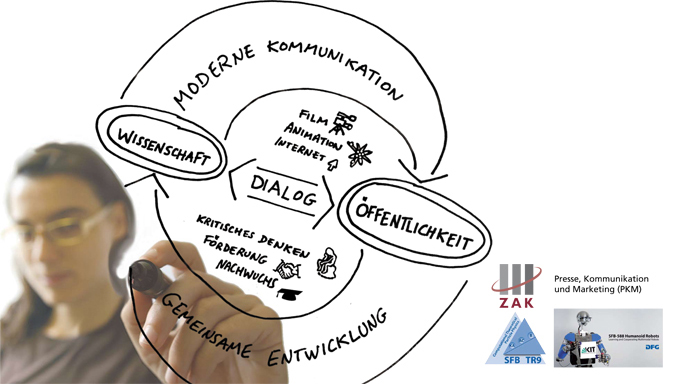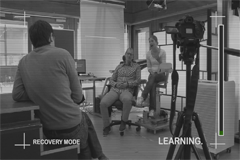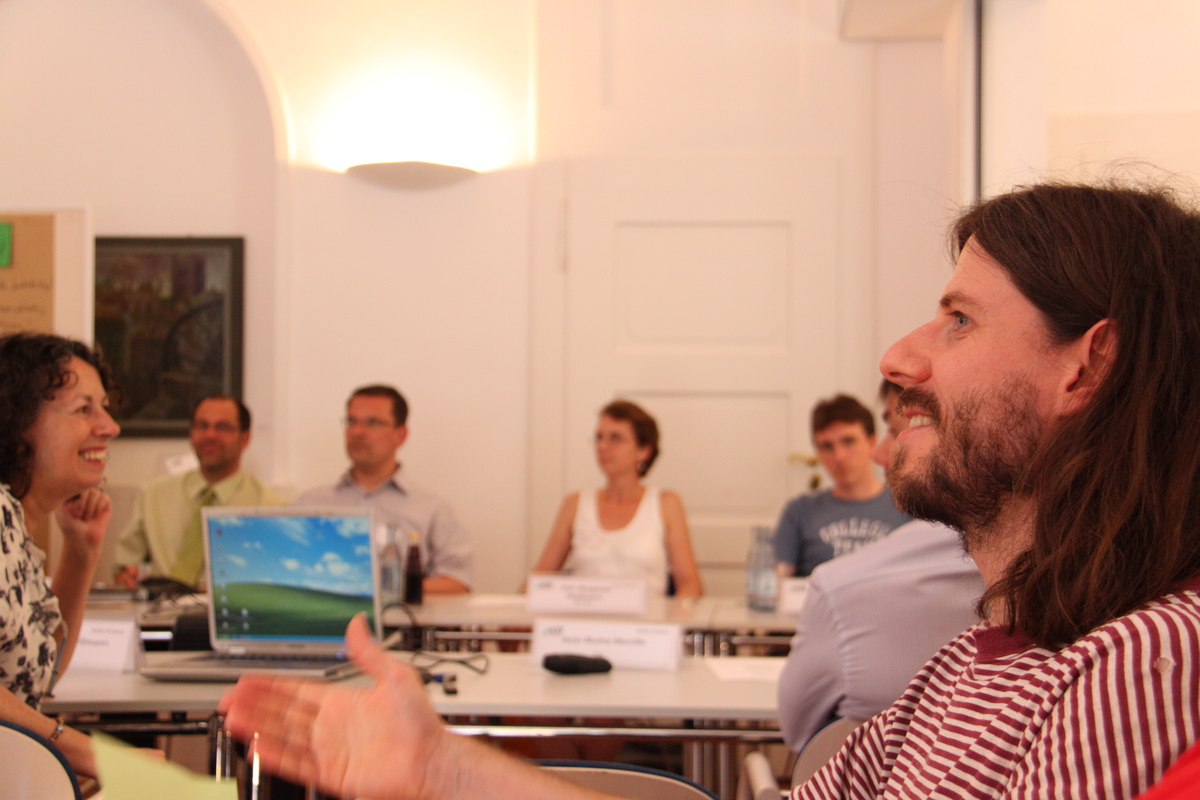The Goals of InsideScience

Science is a part of everyday culture, yet for many people research only takes behind the impenetrable walls of the laboratory. And although some spectacular result will occasionally see the light of day, the actual questions of “how” and “why” are often ignored. This leads to prejudices and misconceptions. The complex nature of the research is not made clear to the public, and a proper understanding of the scientific questions behind the research does not develop.
The goal of the InsideScience project is to illustrate the expertise of collaborative research projects through partially animated films. It shows the broader public and potential university students how research is conducted in a manner that can be understood by all, and in doing so provides people with a glimpse into the inner workings of scientific laboratories and institutes. At the same time, the project aims to provide young scientists with media training. InsideScience makes use of new media such as the Internet to distribute these films—and also tests and assesses these new distribution channels.
You can find updated information about InsideScience in our project logbook.
Filming

Media Training
The sustainability of the InsideScience project requires that the scientists possess media skills. In multi-day workshops, the participating researchers acquire the skills they need in order to be successful both in front of and behind the camera. They also reflect on how research topics can be presented to specific target groups, and how to deal with critical counter-arguments.
Distribution
The framework of this project comprises the latest media channels, especially the Internet. Virtual distribution appeals to a broader, non-specialist audience, and generates a critical dialogue about the research topics. In forums and blogs, the users can evaluate, comment on, and forward the films—and therefore take an active role in scientific discussions.



